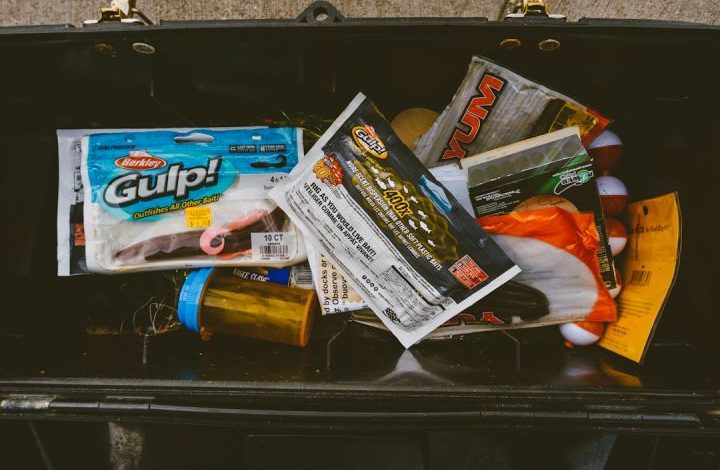How to Repair Common Tackle Malfunctions?

Fishing tackle malfunctions can be frustrating, especially when you’re out on the water and trying to enjoy a day of fishing. However, with a little know-how and some basic tools, many common tackle malfunctions can be easily repaired. In this article, we will discuss some of the most common tackle malfunctions and provide step-by-step instructions on how to fix them.
1. Broken Fishing Line
One of the most common tackle malfunctions is a broken fishing line. This can happen due to wear and tear or a sudden snag. To repair a broken fishing line, start by cutting off the damaged section of the line. Then, tie an Arbor knot to attach the remaining line to the reel. Make sure to trim any excess line and test the knot’s strength before casting again.
2. Bent Fishing Hook
A bent fishing hook can significantly decrease your chances of successfully hooking a fish. To fix a bent hook, use a pair of pliers to carefully bend it back into shape. Be sure to apply gentle pressure and avoid over-bending, as this can weaken the hook. Once the hook is straightened, check for any sharp edges and file them down if necessary.
3. Stuck Reel Handle
When your reel handle gets stuck, it can make reeling in your catch a real challenge. To fix a stuck reel handle, start by cleaning any dirt or debris that may be causing the problem. Apply a small amount of lubricant to the handle mechanism and gently wiggle it back and forth to loosen it. If the handle remains stuck, disassemble the reel and clean the internal parts thoroughly, paying close attention to the handle mechanism.
4. Jammed Drag System
A jammed drag system can prevent you from smoothly reeling in a fish and may even cause your line to break. To repair a jammed drag system, start by loosening the drag knob and removing any debris or tangles from the spool. Apply a small amount of reel oil to the drag washers and reassemble the drag system. Test the drag by pulling on the line and adjusting it to your desired tension.
5. Damaged Rod Tip
A damaged rod tip can affect the sensitivity and casting ability of your fishing rod. To repair a damaged rod tip, start by carefully removing the old tip guide using a pair of pliers. Measure the diameter of the rod tip and purchase a replacement guide that matches the size. Apply a small amount of epoxy glue to the base of the replacement guide and slide it onto the rod tip. Hold it in place until the glue sets and your rod will be good as new.
In conclusion,
Tackle malfunctions can be a frustrating part of fishing, but they don’t have to ruin your day on the water. By following these simple steps, you can quickly repair common tackle malfunctions and get back to enjoying your time on the water. Remember, prevention is key, so regularly inspect and maintain your fishing gear to avoid future malfunctions. Happy fishing!
